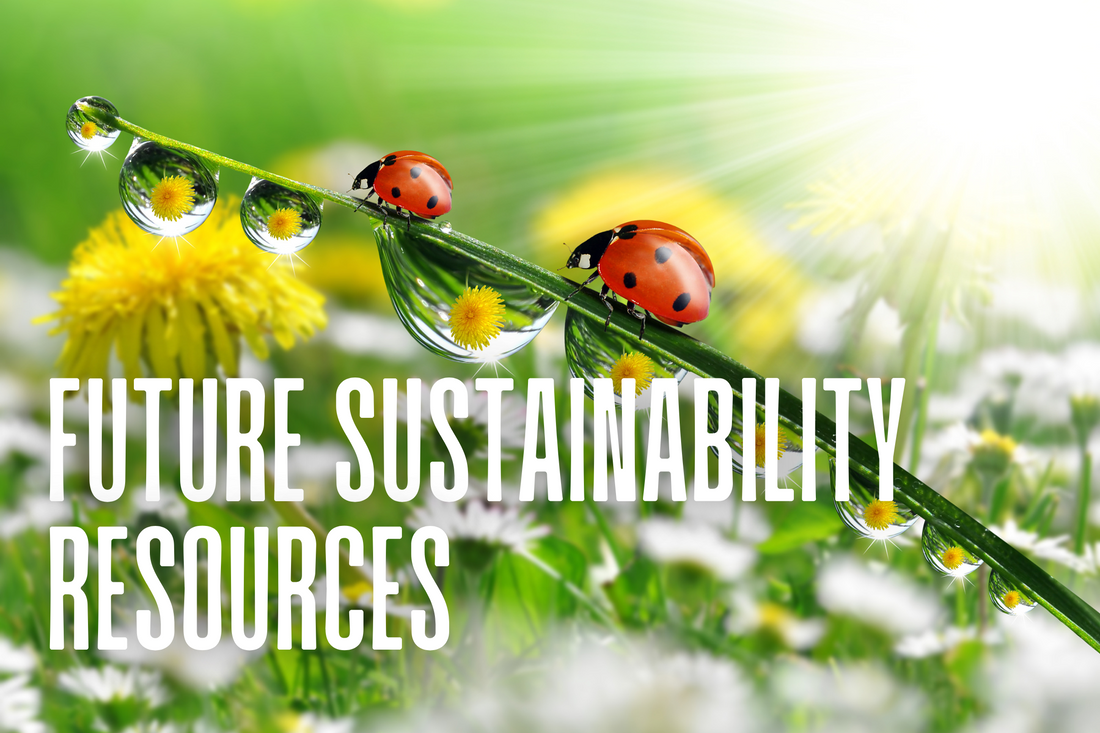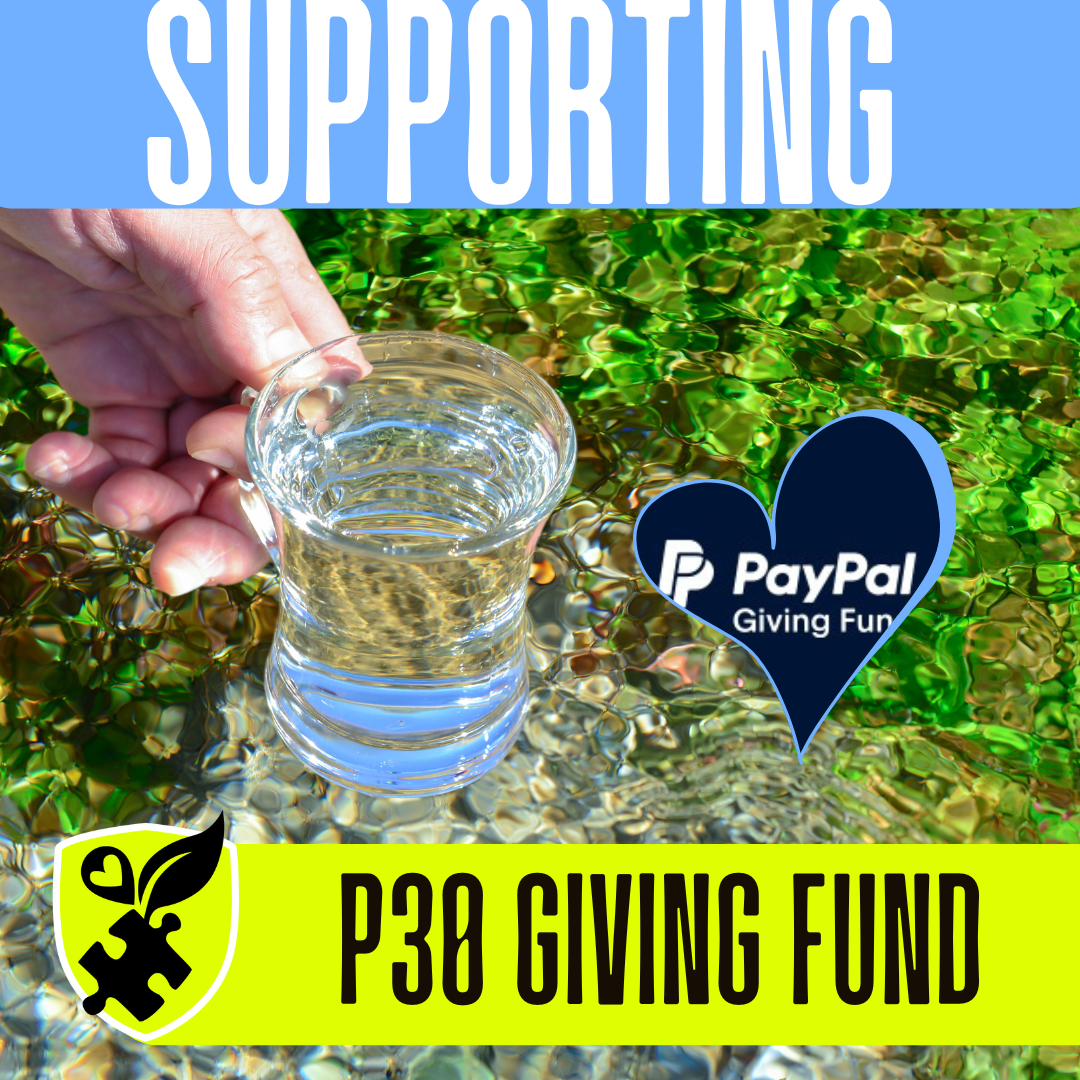Future Sustainability Resources
Explore the vital roles of each of our Sustainability Resources in shaping a Safer Future for All.
Uncover below:
Watertable Cleansing: This involves natural filtration processes through soil and rock layers, as well as reducing pollution from industrial and agricultural runoff. Healthy aquifers ensure a stable supply of clean groundwater, crucial for ecosystems and human consumption. Techniques include restoring wetlands, promoting sustainable agriculture, and implementing effective wastewater management. Impact on Human Life: Access to clean, safe drinking water is fundamental for human health and well-being.
Biodiversity Replenishing: Supporting diverse ecosystems enhances resilience and stability. This includes protecting habitats, restoring degraded areas, and promoting species conservation. A rich variety of life supports ecosystem services like pollination, nutrient cycling, and natural pest control, all vital for long-term sustainability. Impact on Human Life: Biodiversity supports food production, natural pest control, and provides resources for medicine and industry.
Carbon Capturing: Natural solutions like forests, wetlands, and grasslands sequester carbon dioxide from the atmosphere, mitigating climate change. Reforestation, afforestation, and preserving existing ecosystems are key strategies. These natural carbon sinks play a crucial role in balancing the planet's carbon cycle. Impact on Human Life: Reducing atmospheric carbon helps mitigate climate change, protecting communities from extreme weather and sea-level rise.
Health Nurturing: Promoting environments that support human well-being involves ensuring access to clean air, water, and natural spaces. Green spaces in urban areas, clean energy initiatives, and pollution reduction strategies contribute to physical and mental health. Healthy ecosystems also reduce the risk of zoonotic diseases and improve overall quality of life. Impact on Human Life: Clean air, water, and access to nature improve physical and mental health, reducing disease risks and stress.
Safeguarding : Recognizing the interconnectedness of these elements fosters a holistic approach that maximizes positive impacts. For example, healthy watersheds support biodiversity, which in turn enhances carbon sequestration and improves human health. Understanding and valuing these connections is crucial for creating sustainable solutions that benefit both people and the planet. Impact on Human Life: Understanding and preserving ecological connections ensures long-term sustainability and resilience for human societies.
Bibliography
- United Nations Environment Programme. (n.d.). Biodiversity. Retrieved from [https://www.unep.org/resources/report/biodiversity](https://www.unep.org/resources/report/biodiversity)
- Intergovernmental Panel on Climate Change. (n.d.). Climate Change. Retrieved from [https://www.ipcc.ch/](https://www.ipcc.ch/)
- World Health Organization. (n.d.). Climate change and human health. Retrieved from [https://www.who.int/news-room/fact-sheets/detail/climate-change-and-health](https://www.who.int/news-room/fact-sheets/detail/climate-change



















